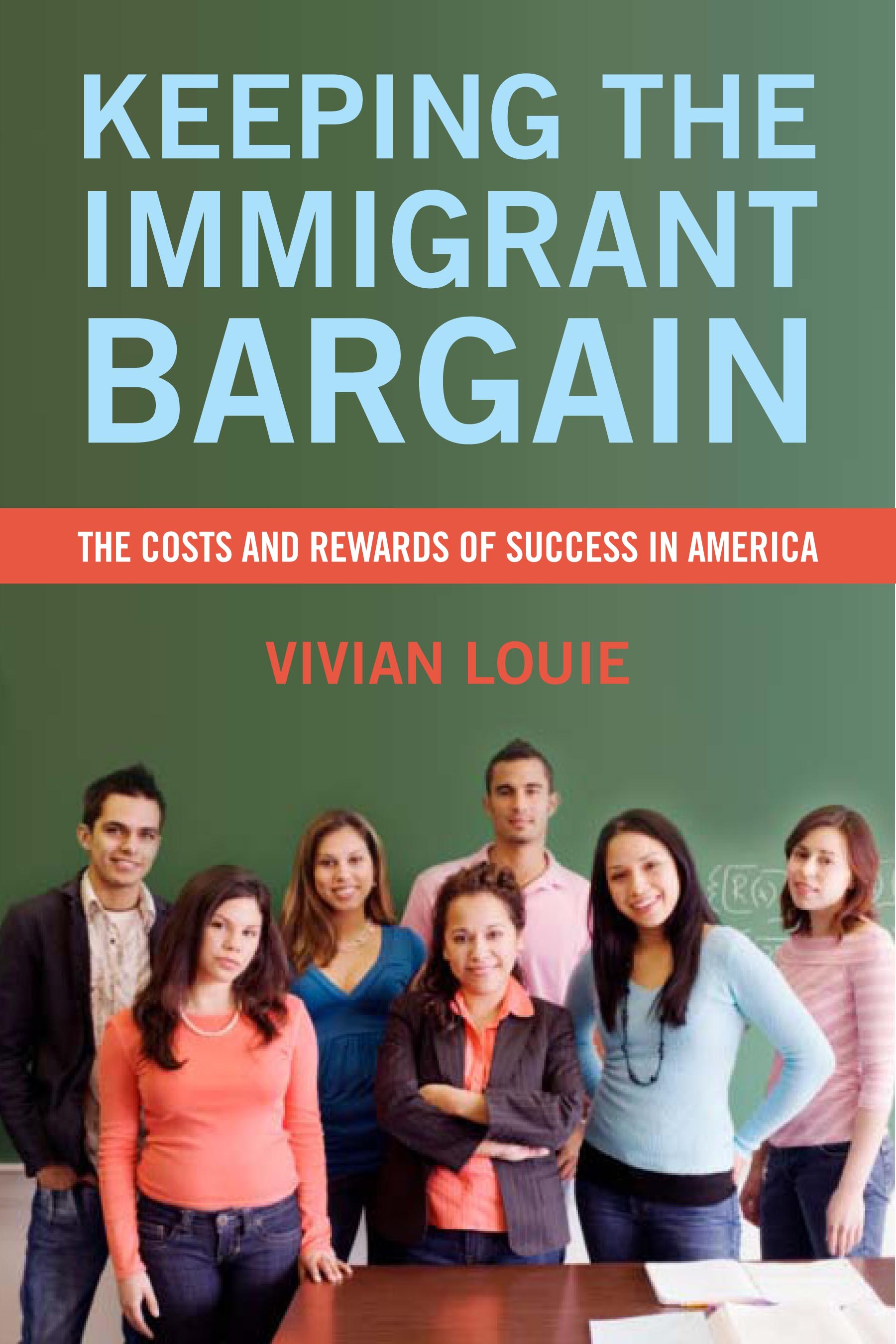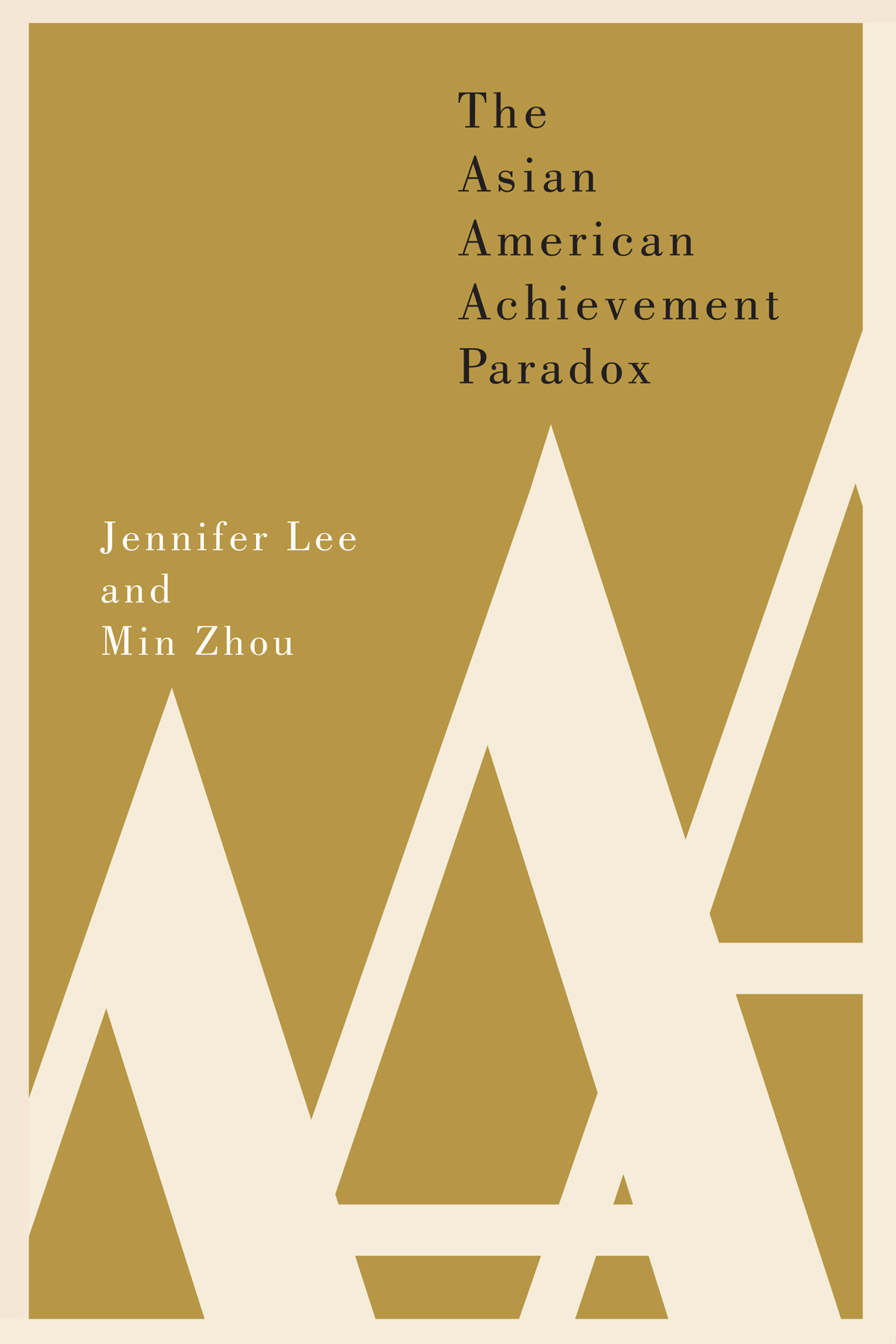
- Downloads
- Contents
- About the Author
- Chapter 1
- Appendix Tables
From High School to College
RSF books are also available from:
“At a time of increasing diversity and inequality in U.S. society, understanding inequality in college graduation is more important than ever. With unique data and a nuanced understanding of the college attainment process, Charles Hirschman offers new insights on how inequality is generated and how greater equity may be pursued.”
—ADAM GAMORAN, president, William T. Grant Foundation
“Charles Hirschman takes on one of the most vexing questions in American social stratification—why have rates of college completion stagnated for the last few decades? And why do traits like ethnicity and race and gender continue to shape young people’s educational attainment? This masterful study of 10,000 students provides a sophisticated and rigorous examination of the college pathways of young Americans. From High School to College teases out the effects of immigrant generation, parental social class, and cultural variables to explain why men and some racial and ethnic minorities have fallen behind. This welcome addition to our knowledge of why some children succeed in getting a college education should be required reading for policy makers, social scientists, and everyone concerned with America’s educational inequalities.”
—MARY C. WATERS, M.E. Zukerman Professor of Sociology, Harvard University
“Charles Hirschman has ably extended the conditional educational transition model of Robert Mare and combined it with the insights of William Sewell and his colleagues in a comprehensive and intensive analysis of college aspirations, preparation, and attainment. Beginning with a simple, five-step model of the post-high school educational process, From High School to College addresses the influences of socioeconomic background, gender, academic performance, social influences, culture, work, and social participation in the high school years. The ethnic heterogeneity of Hirschman’s Washington State sample and an embedded experiment in support for low-income students add dimensions to the analysis that amplify its implications for educational policy and practice.”
—ROBERT M. HAUSER, executive director, Division of Behavioral and Social Sciences and Education, National Academies of Sciences, Engineering, and Medicine
Today, over 75 percent of high school seniors aspire to graduate from college. However, only one-third of Americans hold a bachelor’s degree, and college graduation rates vary significantly by race/ethnicity and parental socioeconomic status. If most young adults aspire to obtain a college degree, why are these disparities so great? In From High School to College, Charles Hirschman analyzes the period between leaving high school and completing college for nearly 10,000 public and private school students across the Pacific Northwest.
Hirschman finds that although there are few gender, racial, or immigration-related disparities in students’ aspirations to attend and complete college, certain groups succeed at the highest rates. For example, he finds that women achieve better high school grades and report receiving more support and encouragement from family, peers, and educators. They tend to outperform men in terms of preparing for college, enrolling in college within a year of finishing high school, and completing a degree. Similarly, second-generation immigrants are better prepared for college than first-generation immigrants, in part because they do not have to face language barriers or learn how to navigate the American educational system.
Hirschman also documents that racial disparities in college graduation rates remain stark. In his sample, 35 percent of white students graduated from college within seven years of completing high school, compared to only 19 percent of black students and 18 percent of Hispanic students. Students’ socioeconomic origins—including parental education and employment, home ownership, and family structure—account for most of the college graduation gap between disadvantaged minorities and white students. Further, while a few Asian ethnic groups have achieved college completion rates on par with whites, such as Chinese and Koreans, others, whose socioeconomic origins more resemble those of black and Hispanic students, such as Filipinos and Cambodians, also lag behind in preparedness, enrollment, and graduation from college.
With a growing number of young adults seeking college degrees, understanding the barriers that different students encounter provides vital information for social scientists and educators. From High School to College illuminates how gender, immigration, and ethnicity influence the path to college graduation.
CHARLES HIRSCHMAN is Boeing International Professor in the Department of Sociology and the Daniel J. Evans School of Public Policy and Governance at the University of Washington.



